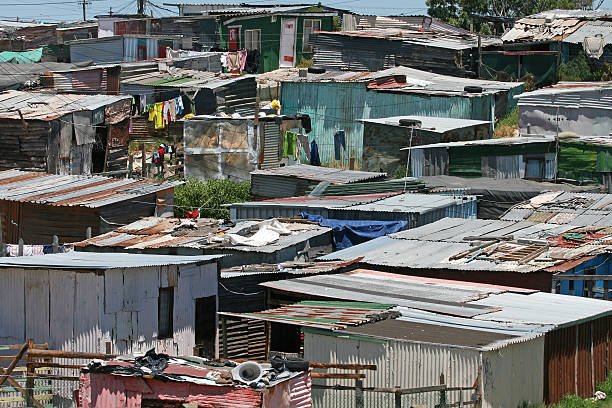Let’s critically discuss the social and economic impact and changes brought about by the natives land act of 1913. This content is ideal for “The native land act 1913 essay grade 10.”
The Natives Land Act of 1913: Unraveling its Social and Economic Impact and Lasting Changes
The Natives Land Act of 1913 was a significant legislative measure enacted by the South African government that profoundly influenced the social and economic landscape of the country. This law played a pivotal role in shaping the racial segregation policies of the time and had far-reaching consequences for both the indigenous population and the overall development of the nation.
Quick Highlights:
- The Natives Land Act of 1913 implemented racial segregation in land ownership in South Africa.
- It restricted land ownership to specific areas for each racial group, with the majority of fertile land reserved for white ownership.
- The act led to forced removals and the creation of racially segregated areas known as Bantustans.
- Socially, it disrupted traditional social structures and deepened racial tensions, laying the foundation for apartheid.
- Economically, it perpetuated disparities in land ownership and access to resources, trapping black South Africans in poverty and economic dependency.
- The act’s legacy continued even after apartheid ended, with ongoing challenges in achieving meaningful land reform.
- Long-term consequences include loss of cultural identity, environmental degradation, and food insecurity.
- Efforts to address the impact of the act are crucial for reconciliation, social justice, and sustainable development in South Africa.
The Social and Economic Impact and Changes Brought about by the Natives Land Act of 1913
Below, we will delve into the social and economic impact of the Natives Land Act of 1913, exploring the changes it brought about and its enduring legacy:
Segregation and Social Implications
The Natives Land Act of 1913 mandated the separation of land ownership based on race. It restricted the ownership of land in South Africa to specific areas designated for each racial group, with the majority of arable land being reserved for white ownership. The act further enforced the removal of black South Africans from their ancestral lands, leading to forced relocations and the creation of racially segregated areas known as Bantustans.
The act’s social implications were profound, as it solidified the system of racial segregation known as apartheid, which became official government policy in 1948. The forced removals disrupted traditional social structures and communal ties, uprooting families and communities from their lands. It fueled social tensions and deepened racial divides, laying the groundwork for decades of inequality and racial oppression.
Economic Disparities and Injustices
The Natives Land Act also had a significant economic impact, perpetuating disparities in land ownership and access to resources. By reserving the majority of fertile land for white ownership, it deprived black South Africans of economic opportunities, trapping them in a cycle of poverty and landlessness.
The act further entrenched the exploitation of black labor by white landowners, who often controlled the means of production and paid meager wages. This economic imbalance, combined with the denial of land ownership and limited access to education and skills training, perpetuated a system of economic dependency and inequality that lasted for decades.
Long-Term Consequences and Legacy
The Natives Land Act of 1913 had far-reaching consequences that extended well beyond its immediate implementation. Its legacy continued to shape South Africa’s social and economic landscape for many years, even after apartheid formally ended in the 1990s.
The forced removals and dispossession of land resulted in a loss of cultural identity and connection to ancestral lands for many black South Africans. It contributed to the erosion of indigenous knowledge systems and disrupted sustainable agricultural practices, leading to environmental degradation and food insecurity in some areas.
Although the act was repealed in 1991, its impact on land ownership and economic inequality persists. Land restitution and redistribution programs have been implemented to address historical injustices, but progress has been slow, and challenges remain in achieving meaningful land reform.
Conclusion
The Natives Land Act of 1913 was a pivotal moment in South Africa’s history, leaving an indelible mark on its social and economic fabric. The act entrenched racial segregation and inequality, displacing and disenfranchising black South Africans from their ancestral lands. Its enduring legacy has had far-reaching consequences that still reverberate today.
Recognizing and addressing the lasting impact of the act is crucial for South Africa’s journey towards reconciliation, social justice, and sustainable development. Efforts to rectify the injustices and promote inclusive land reform are essential for fostering a more equitable society that honors the rights and aspirations of all its citizens.
The natives land act of 1913 created permanent damage to every native South African until this age. The aim of this act was to entirely restrict black people from buying or occupying land except as employees of their white masters. This led to white people getting away with the ownership of 87 percent of South African land. This resulted in black people scrambling for what was left, which is still the case even today.






